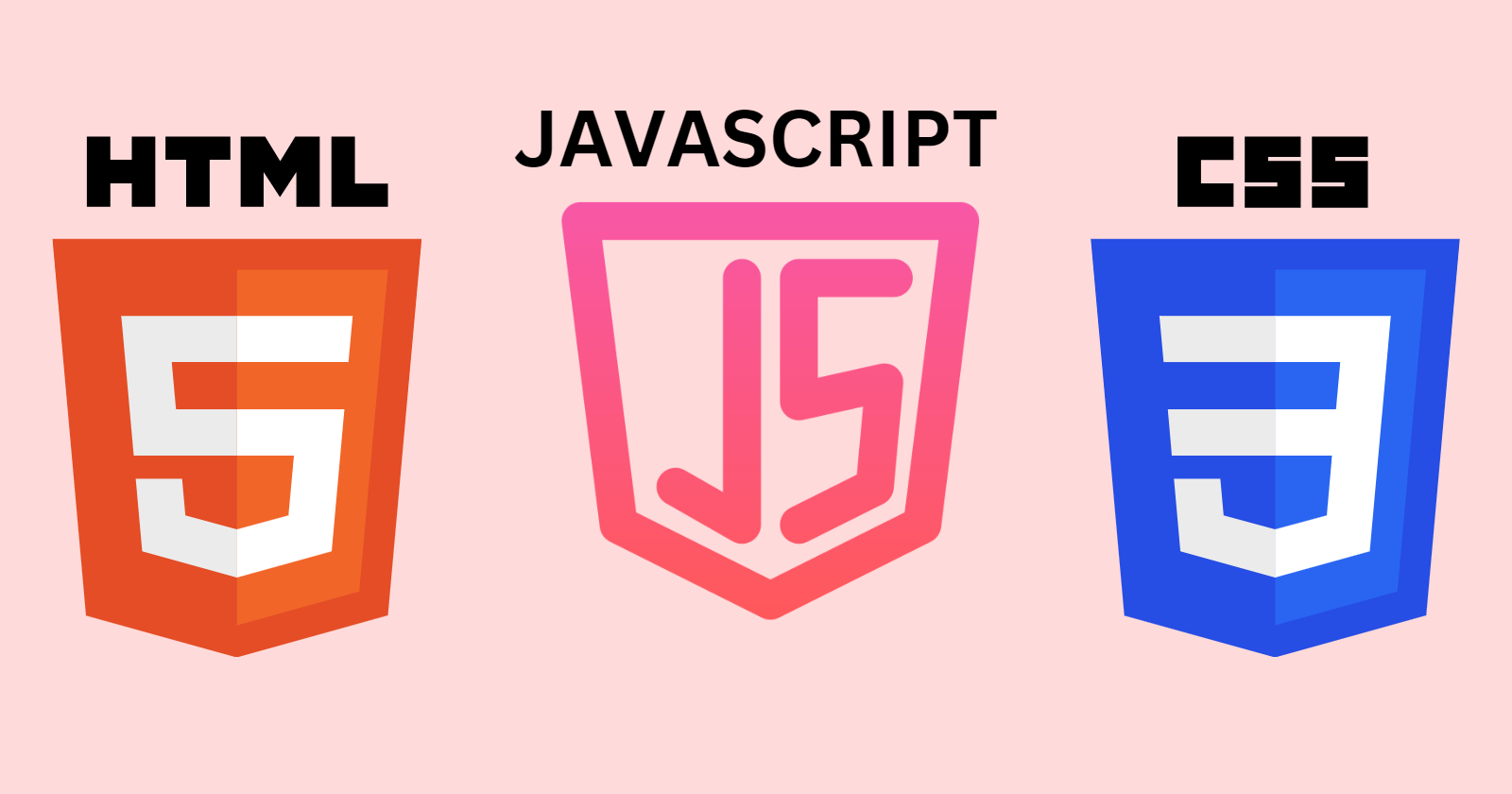HTML, CSS, JavaScript
 Ankit Sandal
Ankit Sandal
What is HTML?
HTML stands for Hypertext Markup Language. It is a language used to create and structure content on the web page.
Why HTML is important for web development?
HTML is essential for web development due to following reasons:
Structure & Layout:
The basic structure and layout of webpages/websites are created with the help of HTML.
Accessibility and SEO:
With the help of HTML, we can make a web page more accessible and search engine optimization of the web page can be greatly advanced.
Compatibility:
Being a basic language, HTML is mostly compatible with all.
Reasons to learn HTML
Basic building block:
HTML is the fundamental language of the web. It's used to create the structure and content of web pages, making it an essential building block for anyone interested in web development.
Widely used:
HTML is the backbone of the internet and is used by millions of websites worldwide. Knowing HTML is essential for anyone who wants to create or modify websites, regardless of the platform or tools being used.
Easy to learn:
Compared to many other programming languages, HTML is relatively easy to learn. It has a straightforward syntax that is easy to read and understand, making it a great starting point for anyone new to programming.
Versatility:
HTML is a versatile language that can be used in a variety of contexts. Whether you're creating a simple blog, a complex e-commerce site, or a mobile app, knowing HTML will give you the foundation you need to create effective and responsive designs.
What is CSS?
CSS stands for Cascading Style Sheets. it is a stylesheet language of a document written in HTML. It is used to define the styles of elements on a web page, such as fonts, color, size and layout of text and other elements.
Why CSS is important for web development?
CSS is essential for web development due to the following reasons:
Separation of content and presentation:
CSS allows web developers to separate the presentation of a website from its content. This means that designers can focus on the look and feel of the website, while developers can focus on the underlying code and structure. This makes it easier to update and maintain a website, as changes can be made to the CSS without affecting the content.
Consistency:
CSS makes it easy to apply consistent styling across multiple web pages. This is important for creating a cohesive and professional-looking website that is easy to navigate and use.
Flexibility:
CSS allows for a high degree of flexibility when it comes to layout and design. It can be used to create responsive web designs that look great on desktop and mobile devices and can be customized to meet the specific needs of different types of websites.
Accessibility:
CSS can be used to improve the accessibility of a website by providing alternative styles for users who have visual impairments or who use assistive technologies such as screen readers.
Search engine optimization:
By using CSS to structure and organize the content of a website, developers can improve its search engine optimization (SEO) and make it easier for users to find through search engines like Google.
What is JavaScript?
JavaScript is a programming language. It is a programming language that is used to make websites more interactive. JavaScript is an essential tool for front-end web development, and it is also used on the back end of a web application. It is a popular and widely used language to build a wide range of applications, including mobile apps, desktop apps and games.
How did web pages look before JavaScript?
Before JavaScript, web pages were largely static and lacked the interactive features that we take for granted today. Here are some ways in which web pages looked before JavaScript:
Basic HTML:
Websites were created using HTML (Hypertext Markup Language) and were primarily static. They were mostly text-based, with limited images and formatting options.
No interactivity:
Websites lacked the ability to interact with users in real time. For example, you couldn't click on a button to trigger an action or dynamically update a web page without reloading the entire page.
Simple forms:
HTML forms were basic and lacked the interactivity of modern forms. For example, form validation was done on the server side, and there was no way to provide real-time feedback to the user.
Limited animation:
Websites lacked the ability to create animations or effects beyond simple GIFs or Flash animations.
Overall, web pages were much simpler and less interactive before the introduction of JavaScript. The advent of JavaScript allowed for the creation of dynamic, interactive websites that are much more engaging and user-friendly.
A little important history of JavaScript.
JavaScript was created by Brendan Eich in just 10 days in May 1995, while he was working for Netscape Communications Corporation. The language was originally called Mocha, then changed to LiveScript, and finally, JavaScript. Its initial purpose was to add interactivity to web pages in the Netscape Navigator browser.
JavaScript quickly became popular among web developers, as it allowed for the creation of dynamic and interactive websites. In 1996, Microsoft introduced JScript, a JavaScript implementation that was compatible with its Internet Explorer browser. This led to a standardization effort by the European Computer Manufacturers Association (ECMA), resulting in the creation of the ECMAScript standard in 1997.
Since then, several updates to ECMAScript have been released, including ECMAScript 2 (1998), ECMAScript 3 (1999), ECMAScript 4 (never released due to disagreements among stakeholders), ECMAScript 5 (2009), ECMAScript 6 (2015), and ECMAScript 2016 to 2022.
Today, JavaScript is used not only for web development but also for server-side development, mobile app development, game development, and more. Its versatility and popularity have led to the creation of numerous frameworks and libraries, such as React, Angular, and Vue.js, making it a critical part of modern software development.
If this helped you even a little bit, then show me your support by:
Following on LinkedIn: linkedin.com/in/ankit-sandal-573b351a9 .
Following on Twitter: twitter.com/Ankit_Sandal_ .
Subscribe to my newsletter
Read articles from Ankit Sandal directly inside your inbox. Subscribe to the newsletter, and don't miss out.
Written by

Ankit Sandal
Ankit Sandal
I am a graduated student in Economics Major. I am currently learning Full Stack Web Development and studying Multilingual Computer Application.